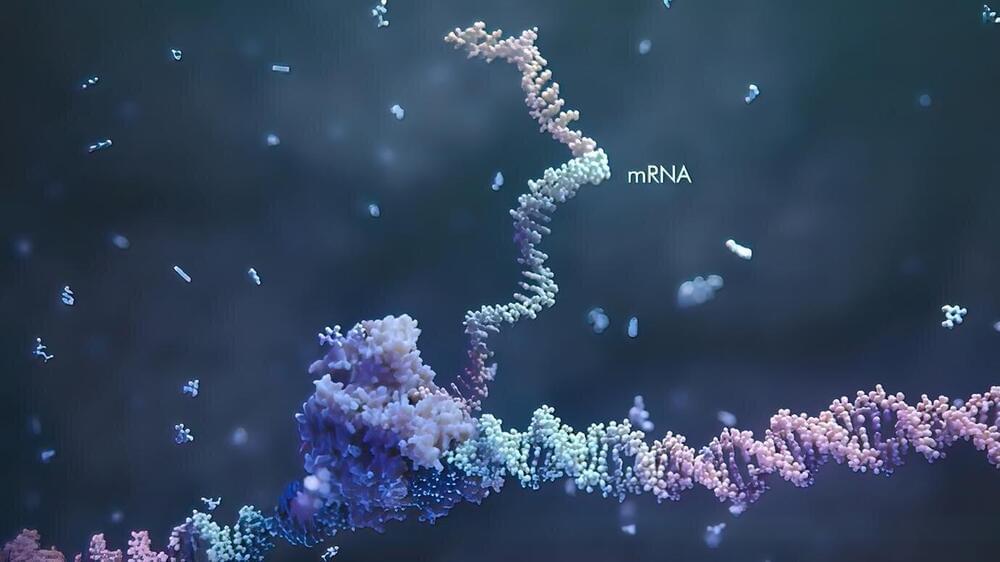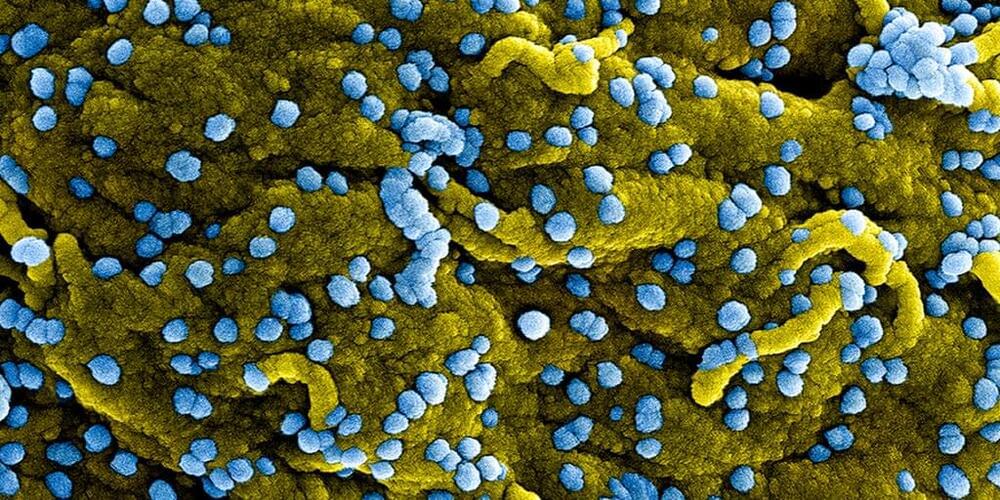Pilots with considerable flight experience ‘showed specific brain connectivity patterns in areas related to processing sensorimotor information’.
Research has analyzed the brain activity of F16 fighter pilots to learn how they adapt to altered gravity levels and rapidly process conflicting sensory information, which can be similar to those experienced by astronauts.
The team used MRI scans to conclude that pilots with considerable flight experience “showed specific brain connectivity patterns in areas related to processing sensorimotor information. They also showed differences in brain connectivity compared with non-pilots,” according to a press release.









